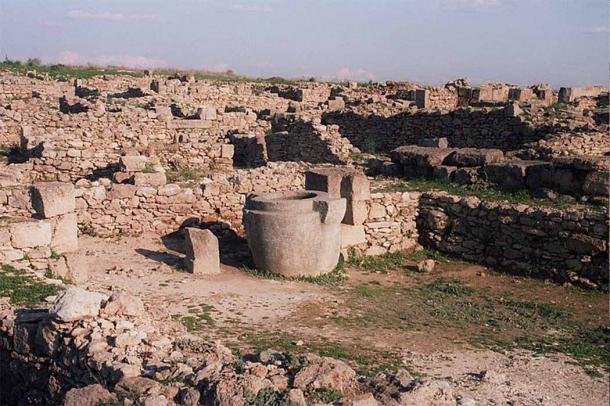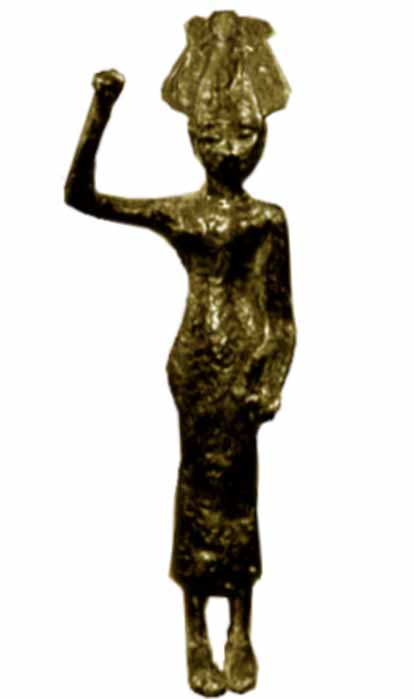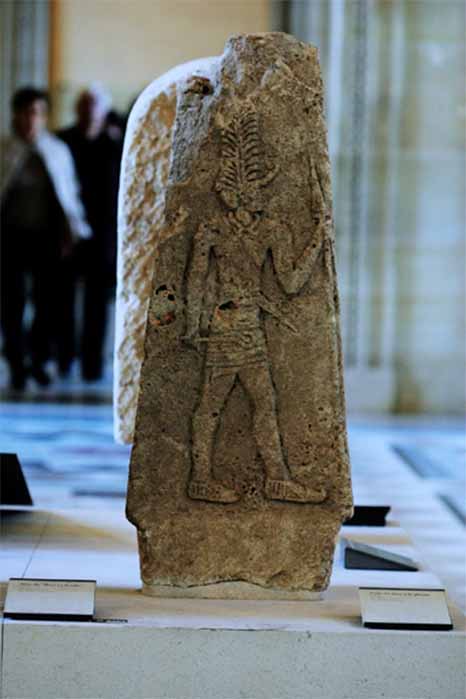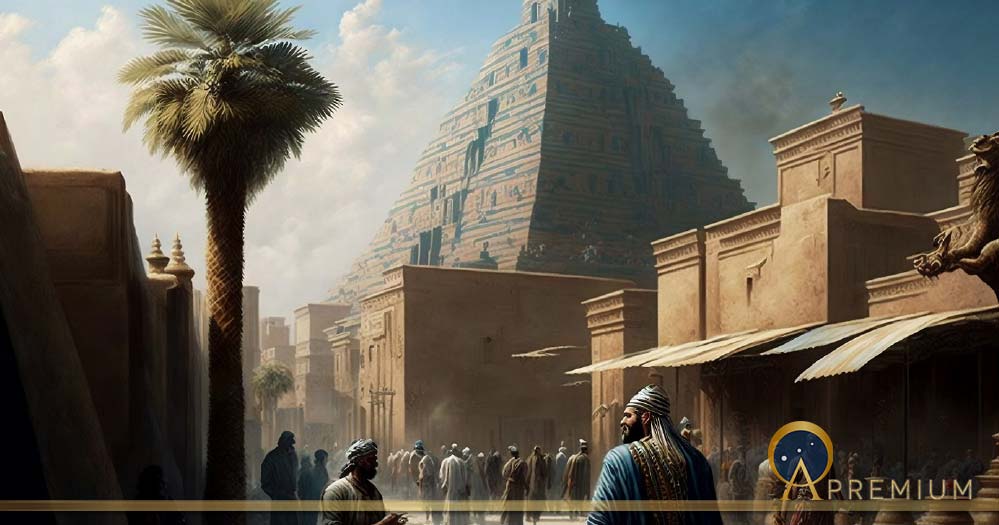Unmasking Ugarit’s Mysterious Asiatic King-God Commanding The Habiru
A temple of the god, Baal, built in the ancient city of Ugarit, nowadays called Ras Shamra, on the north-eastern shores of the Mediterranean coast of Syria, date back to the beginning of the Middle Bronze Period (c. 2000 BC). The Baal worshipped here was Baal Sapan (Baal Zephon), the Baal of Mount Sapan, a celebrated peak in the Amanus, also called Hazzi. A king-god, shown with the features of a king but with the horns of divinity, is depicted on a stele found at this Baal Temple at Ugarit. He wears a neck-ring or torc similar to those worn by the warriors buried nearby. Who was this king-god and who were these strange people?

The ruins of the excavated city of Ras Shamra, or Ugarit (LorisRomito /CC BY-SA 3.0)
At this Baal Temple three stelae, similar to those found on the caravan routes from Egypt to Canaan, were discovered. One of them, unfortunately severely damaged, depicts a god only recognisable from the w3s-sceptre he carries. This is probably Seth, the Egyptian version of the weather god, worshipped here in northern Canaan where he was closely identified with this sceptre. Another stele shows a goddess clad in bird feathers, prefiguring the Canaanite Anat.

Anat (Anath), Canaanite goddess (CC0)
On the third stele appears the image of a figure with a bare upper body, wearing an apron and a torc around the neck with sandals on his feet. In his left hand he holds a vertical spear and in his right hand the hiq (“head”) sceptre, commonly associated with Asiatic kings and princes. In his girdle appears a weapon, seemingly a dagger, and on his head a strange headpiece, perhaps a feather or plume, with a horn (one of a pair) on his forehead. This depiction of the headpiece is unique in ancient Canaanite iconography.

Display of the Feathered King Stele. Louvre Museum.(Rama /CC BY-SA 2.0)
Who are depicted on these three stelae? As already mentioned, the first two gods apparently are Seth (Baal) and Anat, shown here in an early local Canaanite style. The inclusion of the third figure together with Baal and Anat shows that those people actively included another divine figure or king-god in their worship. Who then might this third figure be?
Egyptian Sopdu
This could very well be an early Canaanite version of the king-god venerated by the Egyptians as Sopdu, shown with Baal and Anat in the same way Sopdu was shown with them in the northern Delta, with the feathered/plumed headpiece a local rendition of Sopdu’s plumed headpiece.
Like this Preview and want to read on? You can! JOIN US THERE ( with easy, instant access ) and see what you’re missing!! All Premium articles are available in full, with immediate access.
For the price of a cup of coffee, you get this and all the other great benefits at Ancient Origins Premium. And - each time you support AO Premium, you support independent thought and writing.
Dr Willem McLoud is an independent South African scholar whose main interests are ancient Middle Eastern studies, Kantian philosophy and philosophy of science. Willem’s main areas of study regarding the ancient Middle East are the Sumerian, Akkadian and early Egyptian civilizations, with special focus on the Uruk and Akkadian Periods in Mesopotamian history as well as the Old Kingdom Period in Egyptian history. He is the author of The Nephilim: Kings of an Epic Age: Secrets and Enigmas of the Sumerians and Akkadians and The Nephilim: An Unholy Brood: Secrets and Enigmas of an Ancient Mediterranean Race
Top Image: Artist’s impression of ancient Akkadian city with a temple ( jambulart / Adobe Stock)
By: Dr Willem McLoud


















